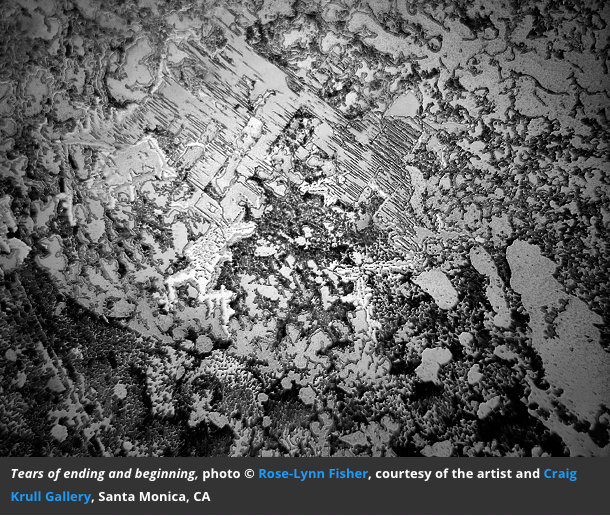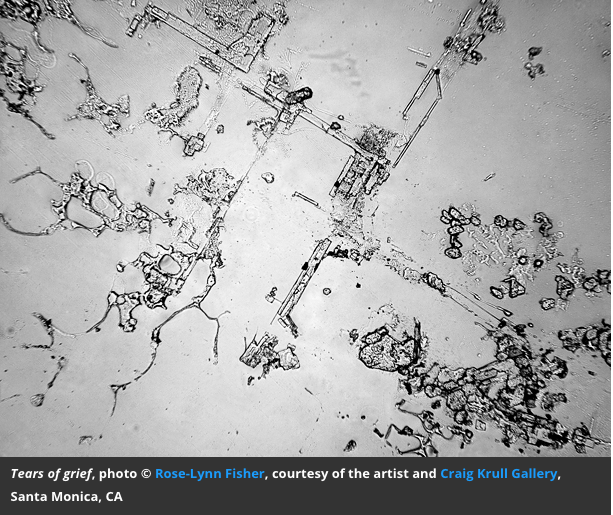A Time To Laugh and A Time To Weep

Gil’s eyes filled with tears as he shared, “Lisa, I’m so glad for this time together. I’m never going to forget it.” Gil and I had spent the previous evening feasting together with friends, sharing stories, laughing, and playing. It was a rich gift of fellowship as my time with these dear ministry partners came to a close.
As I returned his sentiment, he wiped a tear from his eye, apologizing for crying.
“I cry often,” he confessed, seeming a little bit embarrassed.
“I do, too,” I offered, wanting him to know that I am a friend of tears and that his tears won’t discomfort me. On the contrary, his opening heart felt like a vulnerable invitation to be with him in the tension of residing in a world that is filled with beauty and also with brokenness.
“You do?” he questioned with surprise.
“Yes, Gil, all the time,” I assured him.
Joining Gil in the solidarity of shared tears created a fissure in the socially acceptable container holding his sorrow. And it seemed to release him to lament.
“I just get so angry sometimes! This disease, this shaking, it makes me so tired and drives me crazy! You saw me try to bring that spoon to my mouth…it is so frustrating and it has been so many years.”
“That would be so tiring, and why wouldn’t you feel angry at times?” I asked as I arose out of my chair and walked toward him so that I could touch him. Enfolding him in my embrace, his tears flowed freely. And they opened me. Together, we welcomed the sorrow that comes from living in a broken world that breaks our bodies and breaks our hearts. Tears have a mystical way of weaving two hearts together.
Lament allows the pain to escape and stitches us to our neighbors. We are called to weep with those who weep and mourn with those who mourn. Our tears are our prayers when we can’t speak, a baptism of sorts, a salty healing, a sign of our vulnerability, and a liturgical response to violence. . . .—Center for Action and Contemplation
Gil’s tearful offering and his fatigue over living in the brokenness ravaging his body was an invitation. An invitation to weep with him. An invitation to mourn with him. An invitation to shelter-in-place with him for a few moments of his long journey.
After a few moments in my embrace, Gil began wiping the glistening drops from his face and felt his time of undoing had come to a close.
We live in a culture in which it is more socially acceptable to laugh than to weep. We make swift judgments about the faith, or the lack of faith of a weeper. If the tapestries of our lives were woven together, I suspect that the threads of weeping and mourning would be a bit out of proportion to their Ecclesiastical counterparts of laughing and dancing.
God designed us to be living liturgy reflecting His story of the world. His story is filled with glory and brokenness and everything in between. The author of the story sings with joy and weeps and laments over His creation. He invites us to do the same. In fact, He designed our tears to soothe our bodies:
Tears are uniquely engineered by God in the human sympathetic nervous system. Emotional tears—not reflex tears that occur when you get something in your eye—have a specific therapeutic chemical makeup. They include higher concentrations of proteins, manganese, prolactin, and ACTH, one of the best-known indicators of stress. They also release enkephalin, which is an endorphin and natural painkiller. How remarkable that God has hardwired us to weep when we come to the end of our resources! Tears wash away the buildup of toxic chemicals that accrue under stress. They are part of the process that can restore psychological and physiological balance. Tears ease the pain of broken bodies and broken hearts.”—Adele Calhoun
During a season of grief and copious tears, photographer Rose-Lynn Fischer entered into a project she named The Topography of Tears. As Fischer pored over the hundreds of dried tear samples she’d collected, she began to see even more ways in which they resembled large-scale landscapes, or as she calls them, “aerial views of emotion terrain.” She discovered that the three general categories of tears—psychic, basal, and tears of grief and joy—each have different chemical makeups which create differing designs. Below is a sampling from left to right: Tears of ending and beginning/tears of change/onion tears/tears of grief.




As Gil wiped away the last shimmering drops from his cheeks, he said, “Thank you. I’m okay now. I’m okay.” I tasted God’s kingdom through Gil’s invitation to enter into His grief. He wasn’t seeking comfort. In fact, I think his emotions might have caught him by surprise. But as he mourned, I was able to embody Jesus to a man wanting nothing more than to image His Maker as he walks this path of brokenness.
In Eastern Orthodox thought, ‘Rather than depleting the weeper and the well of human experience, tears generate the kingdom of God.’ The desert fathers believed that tears open a path to virtue, making us clean, empty vessels that God can fill with prayer and his presence. —Adele Calhoun
”Blessed are those who mourn, for they shall be comforted,” said Jesus. I can only imagine how Christian culture would shift if we believed that our tears aren’t a sign of a lack of faith or weakness, but a path to virtue making us clean, empty vessels that God can fill with prayer and his presence. Let us welcome the salty healing of tears.






